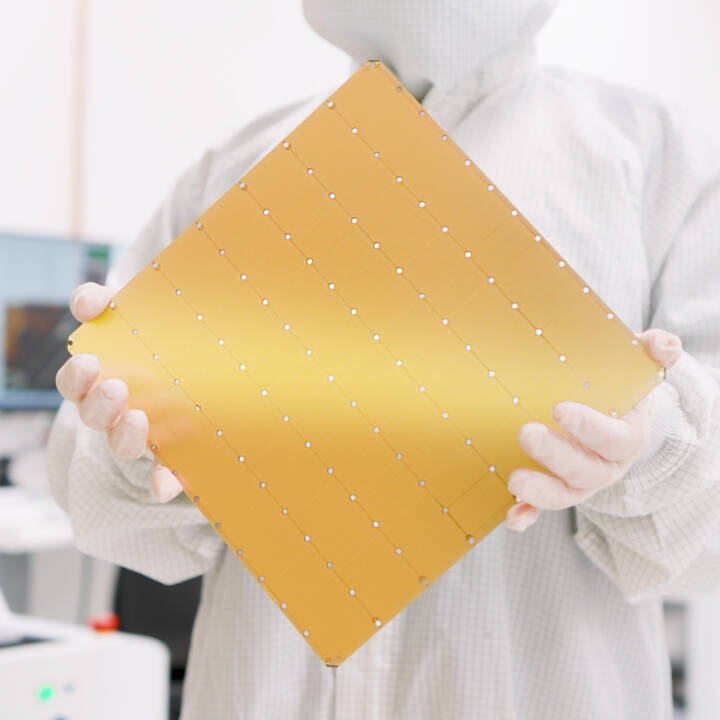The current standard method for determining viral infectivity is the cell cultivation technique, which not only takes weeks to get results, requires staff with the expertise to do testing, but also needs a cultivatable cell line, which may not be available for all viruses.
Scientists at the University of Birmingham Enterprise have developed a new method, called FAIRY (Fluorescence Assay for vIRal IntegritY) assay, that can rapidly determine whether a virus is infectious or noninfectious in minutes, helping to give the effectiveness of antiviral measures without being limited by cell-based methods.
In the new method, the researchers used a specialized dye, a type of chemical that can usually enter viruses through pores in the capsid (protein shell) surrounding its genetic material (DNA or RNA). This dye is modified by conjugating to a larger molecule aiming to prevent it from penetrating the capsid pores.
At the same time, when the dye connects to the viral DNA or RNA, it gives a fluorescent signal, showing whether the virus is intact, and therefore infectious, or not.
The researchers have evaluated the effectiveness of the assay using a number of viral models, including the spectrum of enveloped and non-enveloped as well as DNA and RNA viruses, such as herpes simplex virus, respiratory syncytial virus, cytomegalovirus, chikungunya virus, human rhinovirus-8, human coronavirus OC43, dengue virus 1 and 2, zika virus, and enterovirus 71.
Furthermore, testing with viruses, treated with a wide range of chemicals that have broad-spectrum virucidal activity, including hydrogen peroxide, ethanol, isopropanol, and other antivirals, also proves that the ability of the FAIRY assay in the rapid study of virucides that kill viral capsids.
Dr Samuel Jones, who leads the research team that developed the FAIRY assay, claimed that it is a simple, low-cost, assay as it uses ready-made consumables.
In addition, one of its key advantages is its ability to screen multiple disinfectants and viruses simultaneously in a single microplate assay to determine and neutralize viral infectivity. This also makes FAIRY helpful in future pandemics as it allows rapid identification of effective antiviral treatments.
The researchers also have applied for a patent application for this new method.







